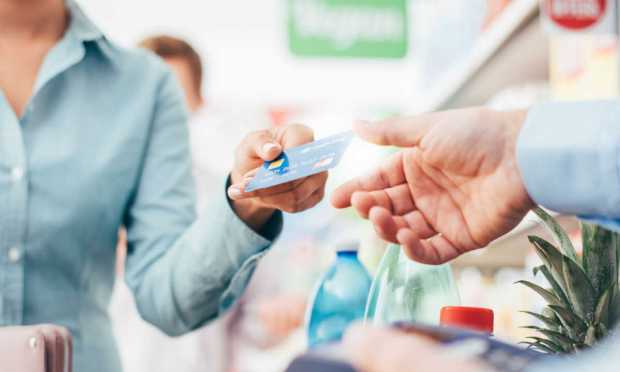Fed’s Credit Data Signals Caution for Merchants

For merchants, reliant upon consumer spending — and credit as a way to enable that spending — the warning signals are flashing.
The Fed’s latest reading on consumer credit, known as the G.19 report, the headline numbers show that individuals’ and households’ total outstanding credit jumped $19.5 billion in January.
A Quickening Annualized Pace
The overall pace of outstanding credit growth, on an annualized basis, grew by 4.7% in the month, far outstripping the 0.2% annualized rate seen in December. Drilling down a bit, the growth in revolving debt — which includes credit card debt, of course — was 7.6%, annualized, in January, up from 2.6% in December. On a quarterly basis, in the fourth quarter of last year, revolving debt was 18% higher, up from 10.1% in the third quarter of 2023.
By way of contrast, non-revolving debt — tied to auto loans and mortgages — was up 3.6% in January, annualized, having rebounded from a 0.6% decline in December.
We note that the increases in both “types” of credit may wind up further stretching an already-stretched consumer. Non-revolving debt has the advantage of being fixed rate, which means that the obligations are steady. But they are also tied to large ticket items and the basics of daily life: shelter (mortgages) and transportation (loans on vehicles) and student loans, which can and do linger on the books for years.
Revolving debt is variable, and the Fed data show that interest rates on card accounts that are assessed interest have neared 23%.
As to the warning signs: PYMNTS Intelligence data show that paycheck-to-paycheck consumers with issues paying monthly bills hold 17% of credit cards. Those without issues paying bills hold 40%. Separately, we found that low-income consumers are more likely to revolve balances, with 40% doing so, while high-income cardholders are less likely, at just 24%.
As Karen Webster noted in a recent column, 31% of all U.S. consumers used a traditional credit card to make their latest grocery purchase. Recent data indicates that even higher-income consumers — those earning over $100,000 a year — were 26% more likely to have used a credit card installment plan than lower-income consumers who used a buy now, pay later (BNPL) provider to buy food. The balances on traditional credit conduits, then, are accruing, paying for consumables. When credit cards are used to pay for basic necessities, there’s less “left over” to spend at other merchants.
In the meantime, as the Fed noted last month, aggregate delinquency rates increased in the final quarter of last year, with 3.1% of outstanding debt in some stage of delinquency at the end of December.
“Delinquency transition rates increased for all debt types, except for student loans,” the Fed wrote. Annualized, approximately 8.5% of credit card balances and 7.7% of auto loans transitioned into delinquency.
